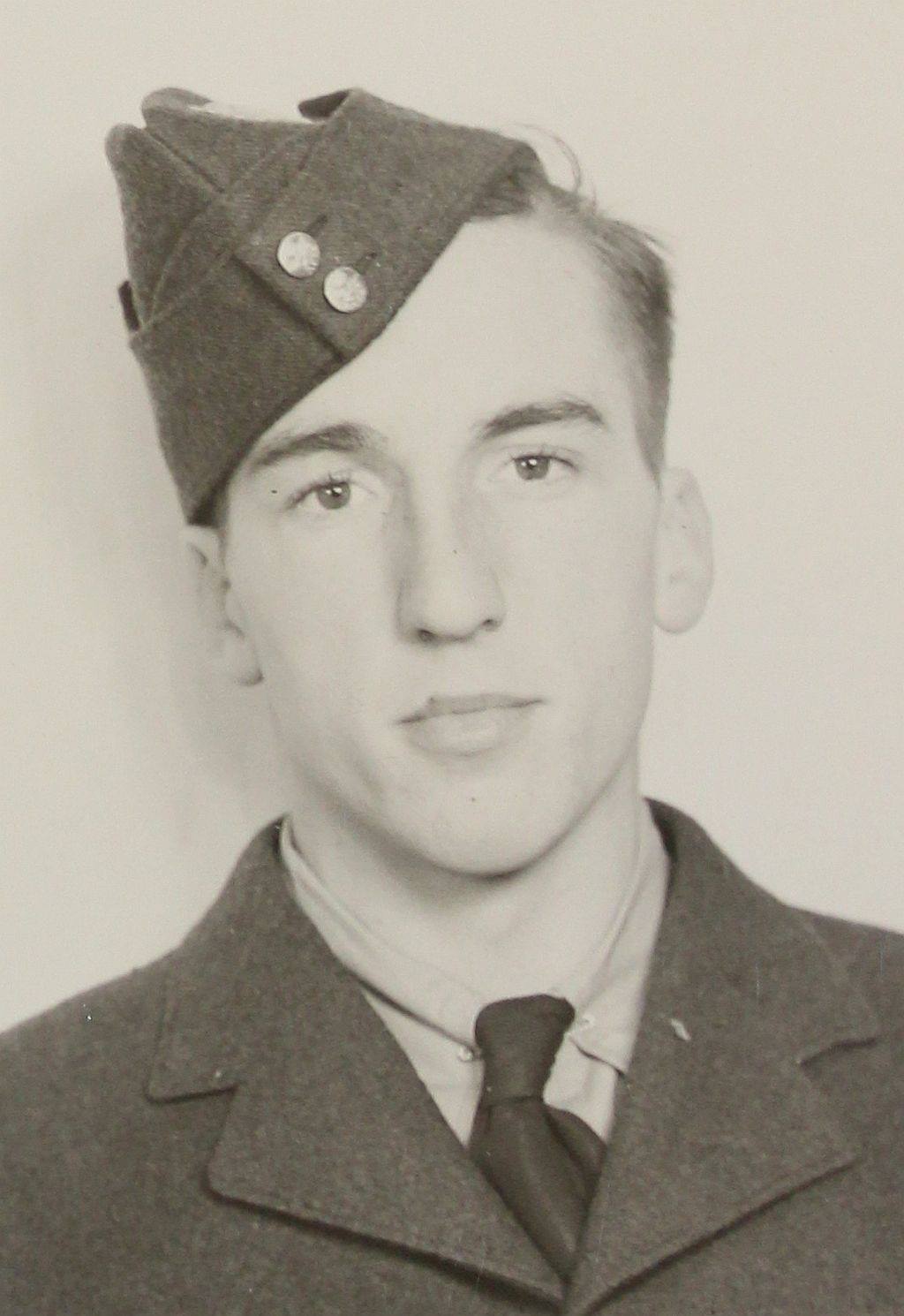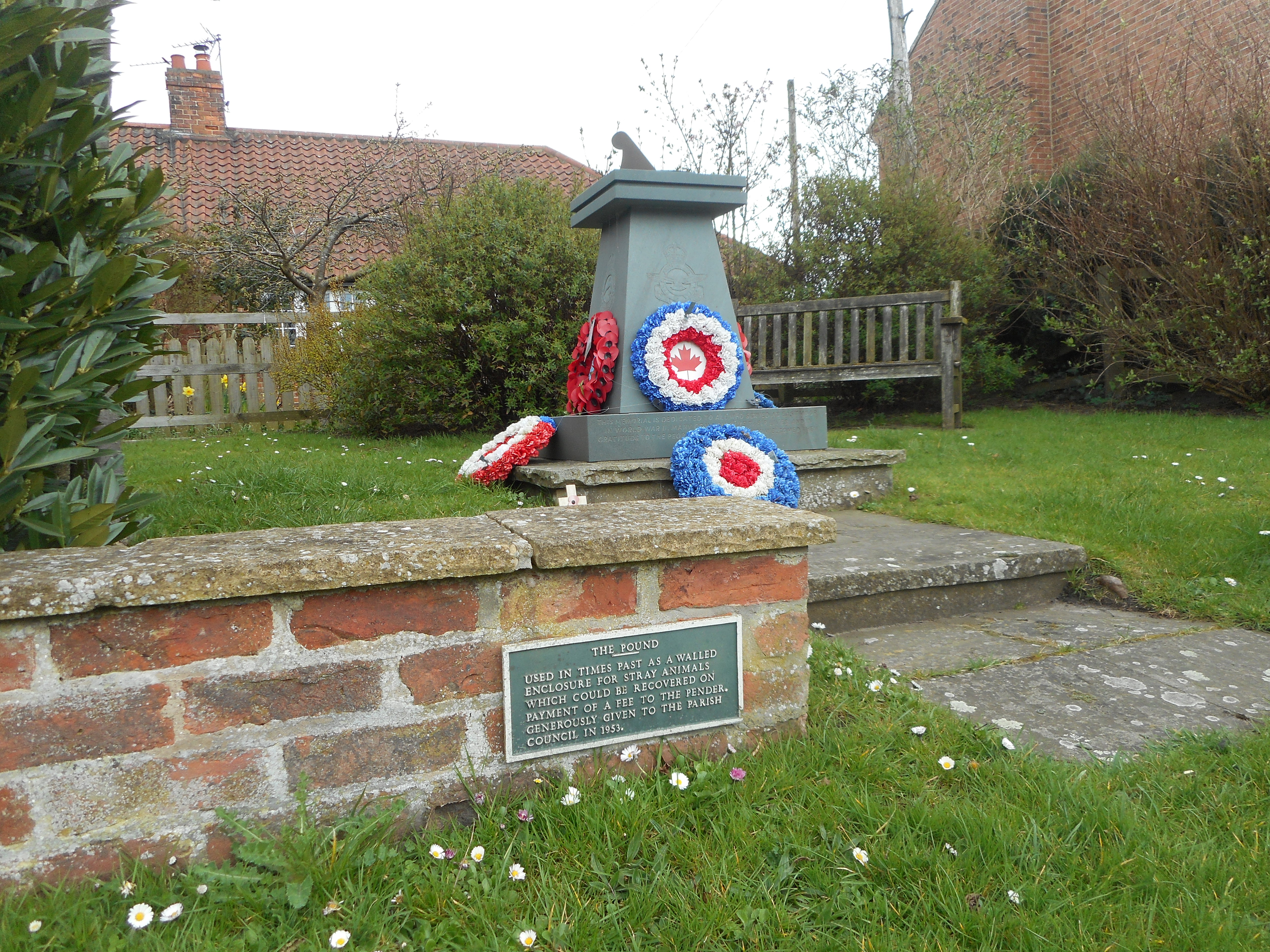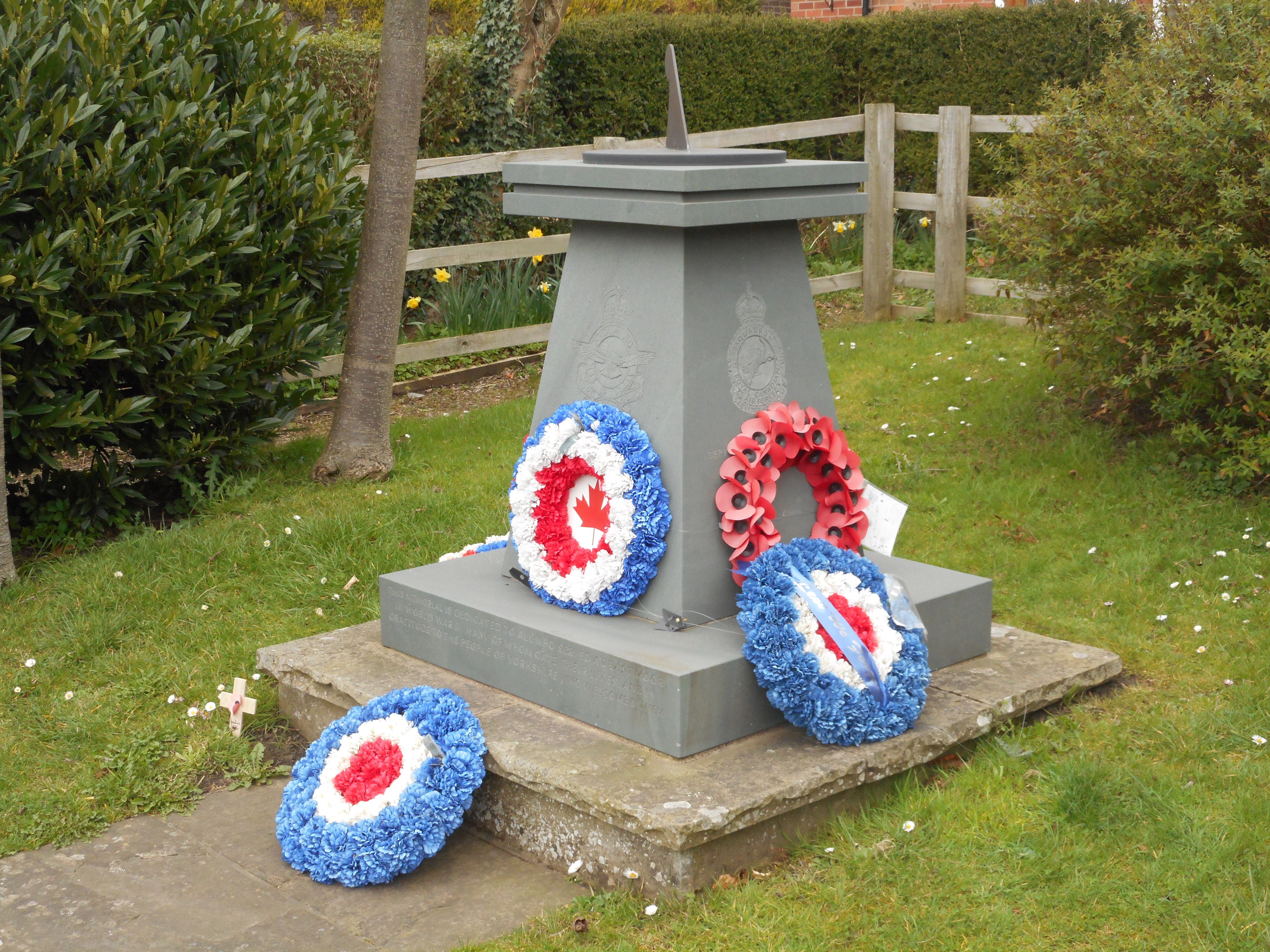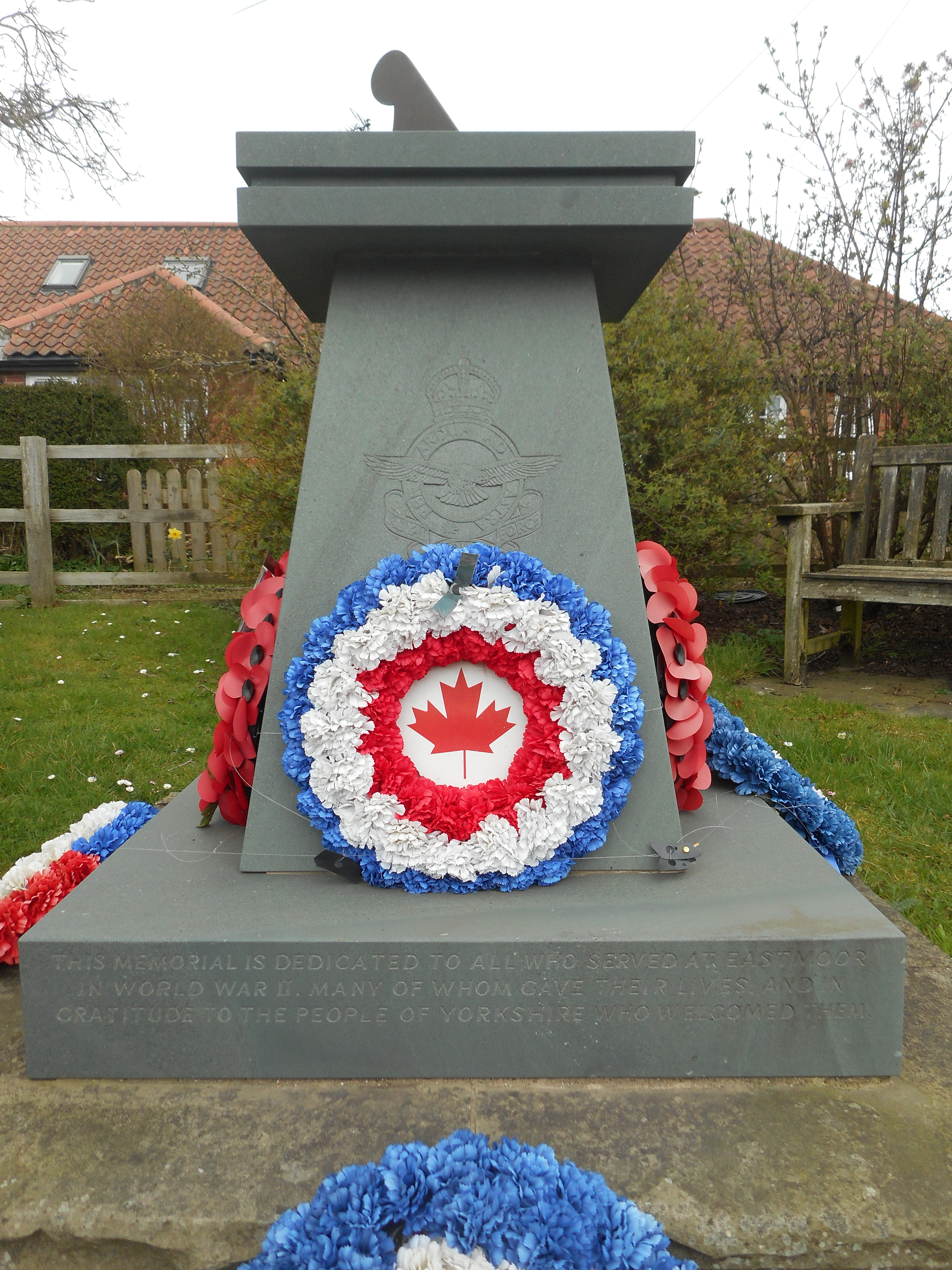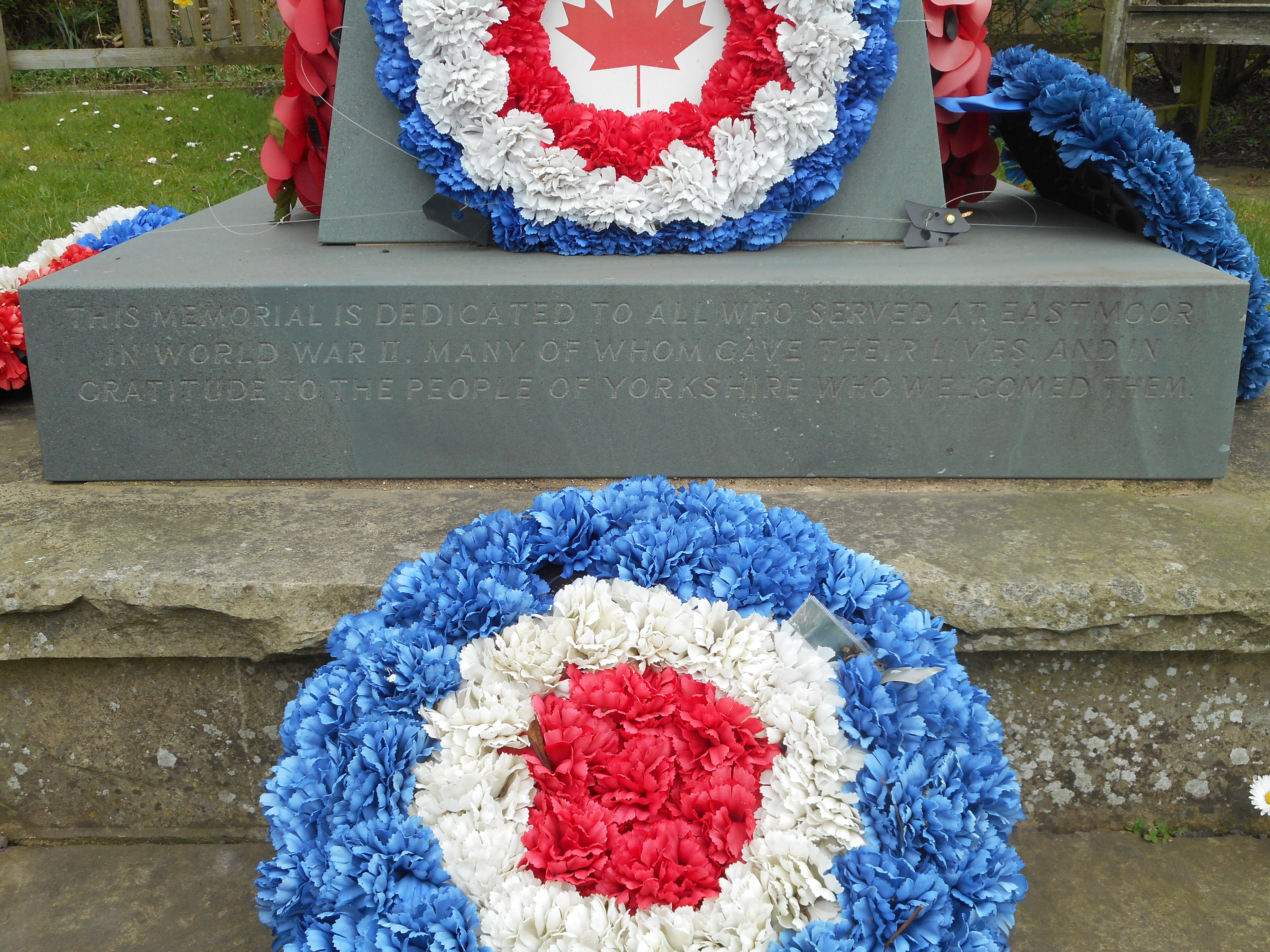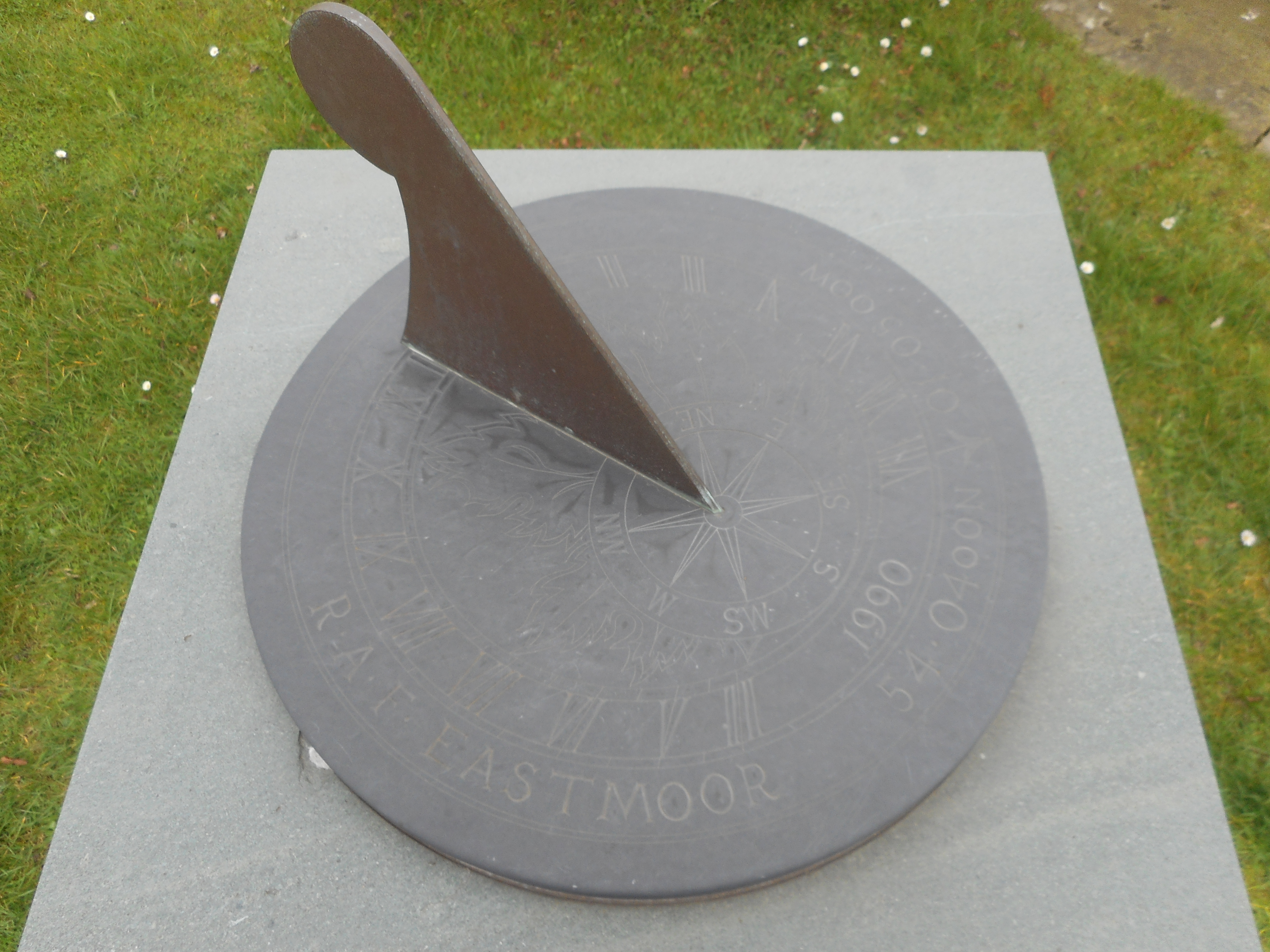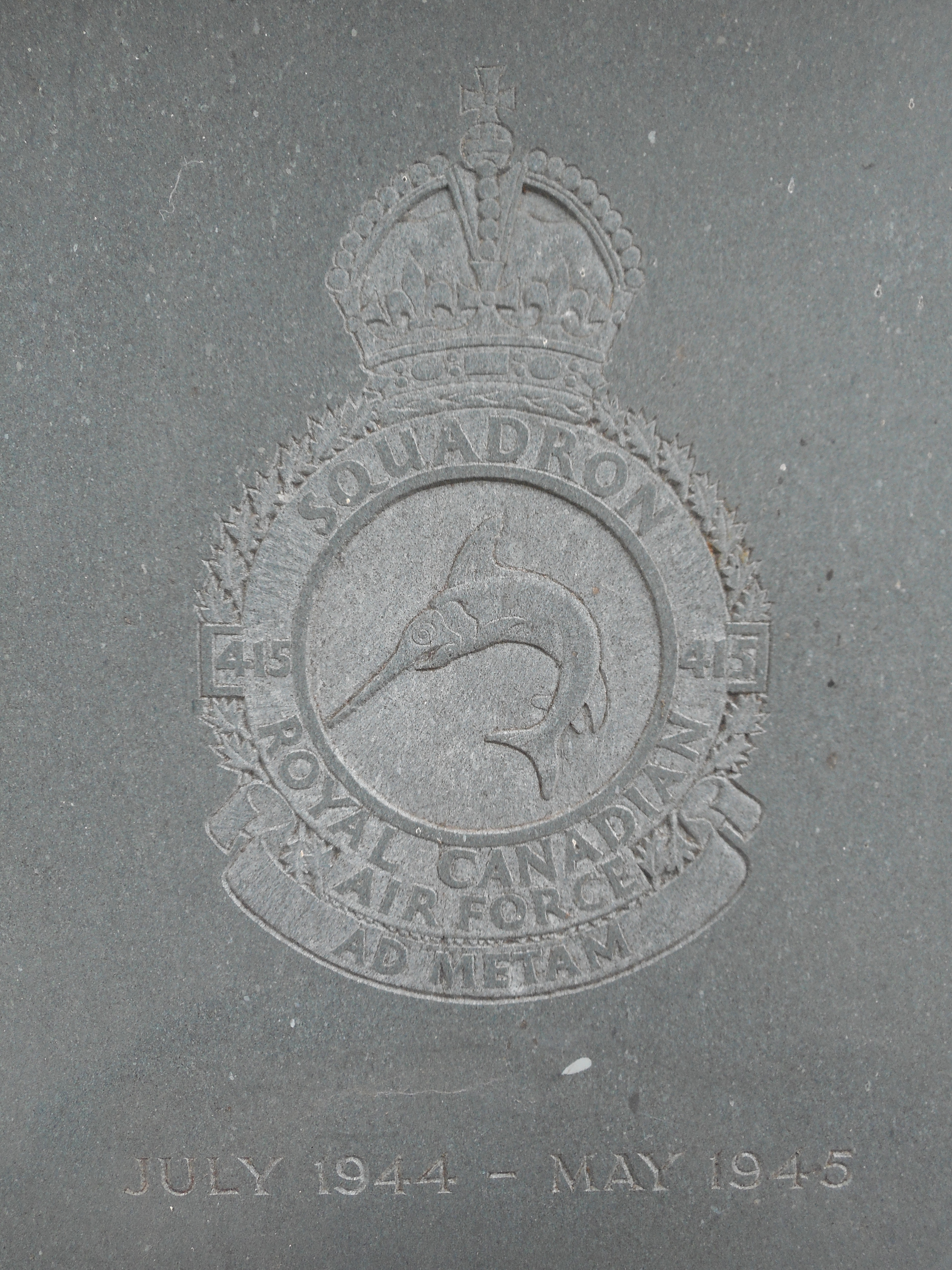Peden, Gordon James
Personal Information
| Rank | P/O |
| Forename(s) | Gordon James |
| Surname | Peden |
| Gender | M |
| Age | 21 |
| Decorations | |
| Date of Death | 31-03-1945 |
| Next of Kin | Son of Thomas Peden and Elizabeth Jane Peden (Williamson), of Saanich, British Columbia, Canada. |
Aircraft Information
| Aircraft | Handley Page Halifax III |
| Serial Number | MZ922 |
| Markings | 6U-C |
Memorial Information
| Burial/Memorial Country | United Kingdom |
| Burial/Memorial Place | Runnymede Memorial |
| Grave Reference | Panel 281. |
| Epitaph |
IBCC Memorial Information
| Phase | 2 |
| Panel Number | 224 |
Enlistment Information
| Service Number | J/95473 |
| Service | Royal Canadian Air Force |
| Group | 6 |
| Squadron | 415 (Swordfish) |
| Trade | Air Gunner |
| Country of Origin | Canada |
Other Memorials
| Location | Village Centre, Sutton on the Forest, North Yorkshire |
| Country | United Kingdom |
| Memorial Type | Inscribed Stone & Metal Sun Dial |
| Memorial Text | A memorial to all those who served at RAF East Moor and in particular 415 Sqn RCAF |
Miscellaneous Information
| Gordon was born on 18 June 1923 at Saanich, British Columbia. His father was born in Scotland and worked as a pipe fitter and his mother was born at Eburne, Vancouver. He had four sisters: Jean, Mary, May and Eileen. He attended George Jay school 1935-1938 and Central Junior High, Victoria 1938-1939 (IX). Gordon enjoyed all sports and bike riding. Between 1939-1940 he worked as a messenger boy for CPR, then as a motorcycle mechanic for R. Shanks & Co. between 1940-1941. He ended up working for B. Wilson Ice Company as a driver, 1941-1942 in Victoria and then joined the army. |
| After enlisting on 12 October 1943 and initial training he was posted to the U.K. and embarked from Halifax on 16 June 1944. He arrived at 3(RCAF) PRC on 25 June 1944 then to 22 OTU 25 July 1944, 61 Base 15 October 1944, and 415 Squadron 30 December 1944. Sadly Gordon was to lose his life on 31 March, 1945. |
Commonwealth War Graves Commission
The National Archives
| Record of Events (Operational Record Book) AIR 27/1813/20 |
| Summary of Events (Operational Record Book) AIR 27/1813/19 |
Fellow Servicemen
Last Operation Information
| Start Date | 31-03-1945 |
| End Date | 31-03-1945 |
| Takeoff Station | East Moor |
| Day/Night Raid | Day |
| Operation | Hamburg to attack the Blohm and Voss shipbuilding yards, where a new class of U-boats was being assembled. 469 aircraft, 11 lost due to a surprise appearance of the new Me 262 jet-propelled fighter. It was it's only appearance in fact. The target was completely cloud-covered so bombing was scattered throughout Hamburg with little damage to the intended target |
| Reason for Loss | Some sources state that this aircraft was shot down by a jet-propelled fighter (Me 262) whereas it is highly likely it collided with KB761 on the return leg and crashed into the sea. A collision between a Lancaster and a Halifax was seen by several other crews and five parachutes were also seen but sadly any survivors must have perished in the water. |
